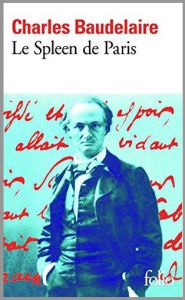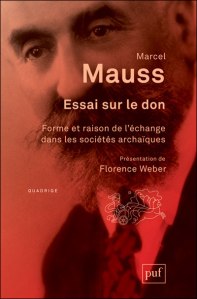Reading Given Time, Post #18
This text, then, is also the piece, perhaps a piece of counterfeit money, that is, a machine for provoking events (96)
An incorruptible taste for refinement, paradox, and aporia
Jacques Derrida’s Given Time is a work which explores its central theme of the gift in terms of the impossible thinking of the aporia and the paradox, through a relentlessly uncompromising process of deconstructivist refinement.
In his final interview, with Le Monde in 2004, Derrida characterised the approach of his generation of French philosophers, as being governed by “an intransigent, even incorruptible, ethos of writing and thinking…without concession even to philosophy, and not letting public opinion, the media, or the phantasm of an intimidating readership frighten or force us into simplifying or repressing. Hence the strict taste for refinement, paradox, and aporia.”
Machine and Event
This taste for paradox and aporia is founded on what Derrida claimed was the biggest challenge for him and his contemporaries, the bringing together of the oppositional concepts of the machine and the event.
The machine is that which is capable of endless, automatic repetition, characterised by Derrida as an “indifferent automaton.” The event on the other hand, is the unique, the one-off, happening now and never to be repeated. It is associated with the organic, in which experience is inscribed into the living body. It is aesthetic in opposition to the machine, which is anaesthetic. For Derrida the very future of philosophy depends on the ability to think both the event and the machine as two indissociable concepts, but in a way in which neither one nor the other dominates:
“to give up neither the event nor the machine, to subordinate neither one to the other, neither to reduce one to the other: this is perhaps a concern of thinking that has kept a certain number of ‘us’ working for the last few decades.”
Derrida’s analysis
Logically the machine and the event appear as antinomic (opposites) and therefore incapable of being resolved. It is in Given Time that the “impossible thinking” of the machine and the event is enabled in Derrida’s description of the text of Counterfeit Money as a “machine for provoking events.” This is a definition, which brings these oppositional terms together while maintaining their paradoxical and aporistic qualities, one which Derrida justifies in his subsequent extended analysis.
The text is itself an event that opens itself to reading in the here and now, but it also has a past, it has taken place, it has a present, it is present, and we anticipate that it will continue to take place in the future, i.e. it is machine-like in its repeatability. This repeatability places the event within the “order of the aleatory” (random) as such it is “pregnant with other events,” all of which have the capacity for the “staging of a trap or a deception.” Derrida describes this trap as the “affair of reason,” where the idea of “reason” is captured in the French idiom: “de la raison qu’on donne,” lit. to “give reason,” but which means to concede to the other. As idiomatic its meaning is difficult to translate from the original, with more than one possible interpretation and is therefore unstable.
Neither the text or its title, as subject or as a guarantee of the text are stable. The text seems to play with its title: “it is as if the body of the titled text became the title of the title that then becomes the true body, the false-true body…of the text, its false-true corpus, its body as ghost of a fiduciary sign, a body to be taken on credit.” (97) This leads to a destabilisation of the authority invested in texts. Our engagement with them comes down to an act of faith, expressed as both economic and spiritual, a “phenomenon of credit.” The term credit meaning both belief and authority, the institution of a corpus, a body of texts and belief, leading to the phenomenon of canonization, which is both the spiritual and a textual authority given by a body.
End
“Authority is constituted by accreditation both in the sense of legitimation as effect of belief or credulity, and of bank credit, of capitalized interest. This recalls a very fine saying of Montaigne’s, who knew all this in advance: “Our soul moves only on credit or faith [credit], being bound and constrained to the whim of others’ fancies, a slave and a captive under the authority of their teaching.” (GT, 97)
Derek Hampson













